Selected Recordings from One Hundred Years One Hundred Voices: The Mill Workers of Girangaon: An Oral History
0 Comments
According to Foucault, as we move away from traditional methods of history which focus on "vast unities like 'periods' or 'centuries'" we encounter "the phenomena of rupture, of discontinuity", we reveal "several pasts, several forms of connexion, several hierachies of importance, several networks of determination, several teleologies"(Foucault, The Archaeology of Knowledge: 2005, p.4-5)
The British Library sound archive has produced a number of 'sound maps', one of which documents the contributions of some 350 people across the UK who have recorded the sounds of their immediate environment in a registered location. The result is the documentation of a large number of 'everyday' sounds, leading to the production of an aural history and archive which is distinct from more traditional historical archives: http://britishlibrary.typepad.co.uk/archival_sounds/uk-soundmap/ 'Inside the archive' - http://www.bbc.co.uk/programmes/p00m1zyr - A short film about the sound archive at the School of Scottish Studies
Courtesy of BBC Nevin Aladag, City Language I / Şehir Sesi I, 2009 Splitscreen projection, 11. Istanbul Biennale, Istanbul An experimental audio-visual portrait of the city Istanbul. The instruments are played by the elements of the city: by the wind, the sea, the architecture and the animals. First part of the trilogy. video 4:45 min Courtesy of Wentrup This is your new blog post. Click here and start typing, or drag in elements from the top bar.
Susan Hiller, Last Silent Move 2007/8 (depending on which of the below sites you visit (susanhiller.org or artreview.com) Video courtesy of Art Review and Timothy Taylor Galleyvia http://www.artreview.com/video/video/show?id=1474022%3AVideo%3A333692 SL: You have made several works in which objects are presented as events, or traces of events, such as the recordings of 'dead' languages in The Last Silent Movie (2007) or the 41 photographs of memorials that form part of Monument (1980-81). These recordings, relics and inscriptions, speak, as you have said, from beyond the grave - they are both sculptural (existing in space) and performative (existing in time, as an event, and thereafter as a memory). Are you interested in a more cyclical, rather than linear, conception of time?
SH: I am interested in Walter Benjamin's idea that history - the past - only exists in the present moment, as it speaks to us now. The ideas in the memorial plaques, for example, the ones I used in Monument - of heroism, civilian heroism - those ideas aren't just particular to that period. They are relevant to us now for many reasons or I wouldn't have been interested in them. My interest in disappearing languages is similar, since our society is also in the process of becoming the past. The Last Silent Movie is on one level a critique of the way that our society fetishes language loss, but not the people who lost the language. In other words, we put the language in an archive but the people die - they die through disease, poverty, they hit the bottom of some social scale in some country or other. Nobody does anything about that - anthropologists don't do anything to actively intervene in anything. But then they collect languages, as though languages were a token of concern or something of the sort. Then they put them in an archive which no one else is allowed to use - I had to find devious ways to get those samples in my piece. Because if you're locked out, then everyone is locked out of those archives - it's peculiar, isn't it? --Excerpt taken from interview between Hiller and Sarah Lowndes for Afterall Online, Artists at Work, published 02.02.2011 Dani Gal, Historical Records Archive 2005- Gal plays on the notion of archiving and historical record by presenting vinyl records containing radio interviews/speeches given by major figures of the 20th century political landscape. For an interview with the artist visit http://www.villaromana.org/front_content.php?idart=200 ‘I started collecting these records after coming across an Israeli record that documents the Six-Day War. I started to explore the phenomenon of vinyl records that portray historical events and was surprised at how many of them there were. This led me to think about these recordings as pure sound material… I see the presentation of Historical Record Archive as a potential sound work. The audience cannot listen to the records but can try to imagine the sounds, and this is where, maybe, collective memory exists.’ — Dani Gal
image courtesy of http://musictravelculture.wordpress.com/2011/11/15/12th-istanbul-biennial-for-contemporary-art-2011-dani-gal%E2%80%99s-historical-records-archive/ and quote courtesy of: http://inventaire.tumblr.com/post/10513416235/untitled-12th-istanbul-biennial-highlight-no-3 Bill Fontana, River Sounding at Somerset House 2010Fontana recorded sounds from the River Thames and created a sound installation in the underbelly of Somerset House http://www.somersethouse.org.uk/visual-arts/bill-fontana-river-sounding Video courtesy of SoundandMusic.org "Most of the work – supported by Somerset House Trust and one of the building's resident organisations, Sound and Music – is installed in the alley-like lightwells, where the low-ranking clerks once sat looking across a metre of gloom at the coal holes opposite. Speakers now project the sound of water, ships' horns, bells and engines around these forgotten corners, while the coal holes house related film projections. It all conjures up the spirit of a passageway crammed between the warehouses of Rotherhithe or Wapping during the heyday of London's ports." -- Martin Cullingford for Gramphone.co.uk, published 15.04.10 |
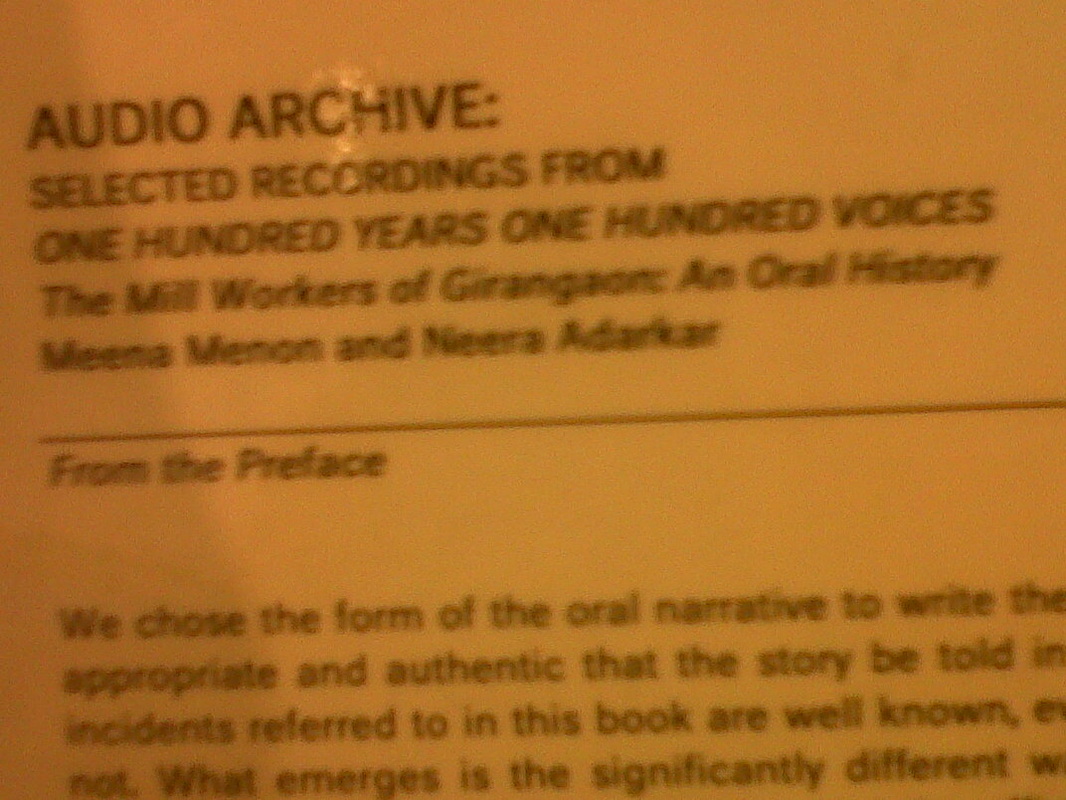

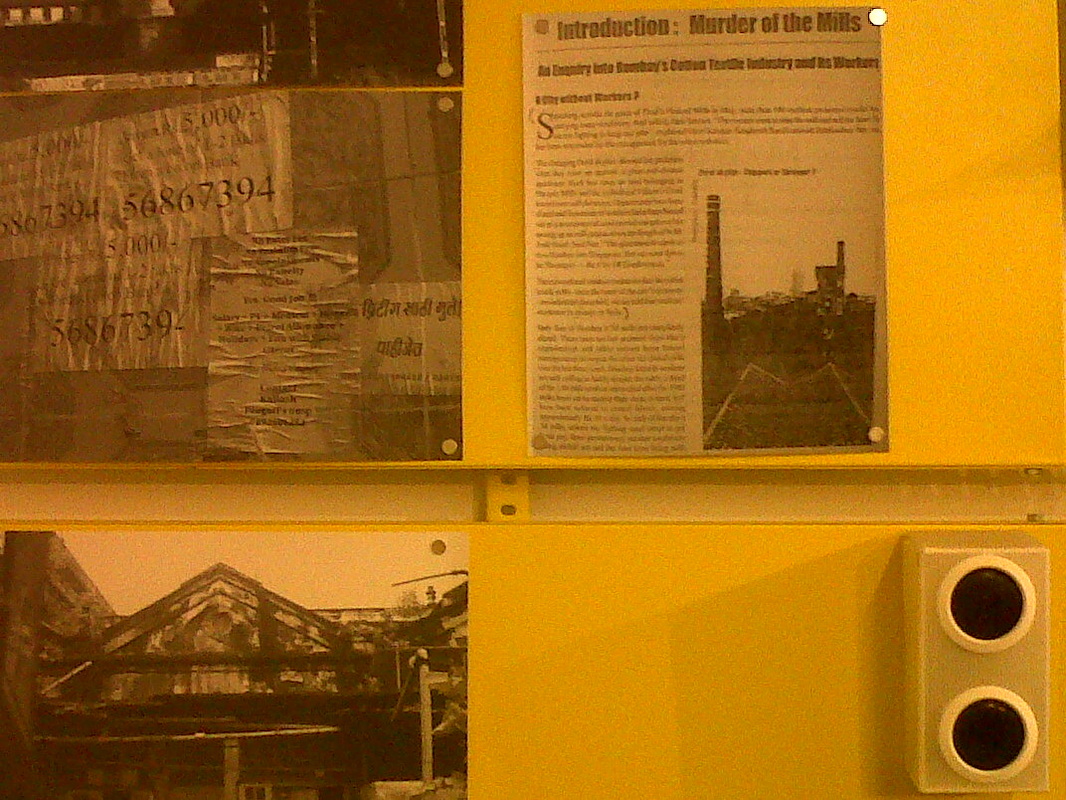
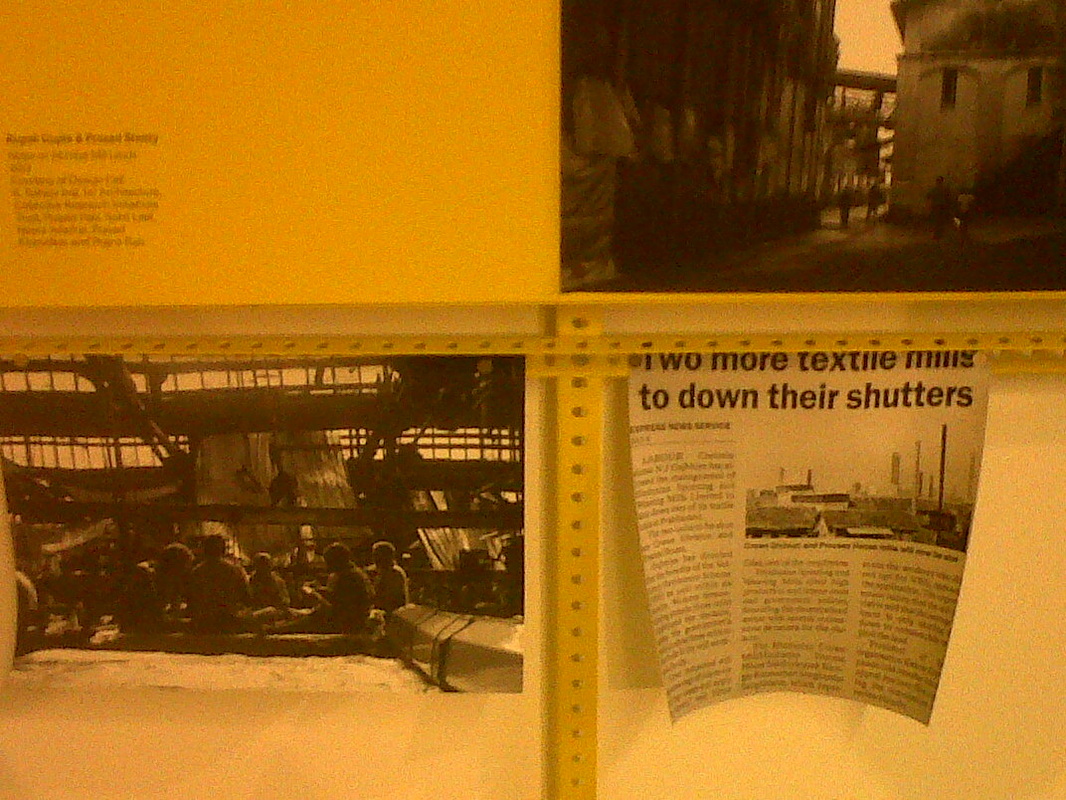


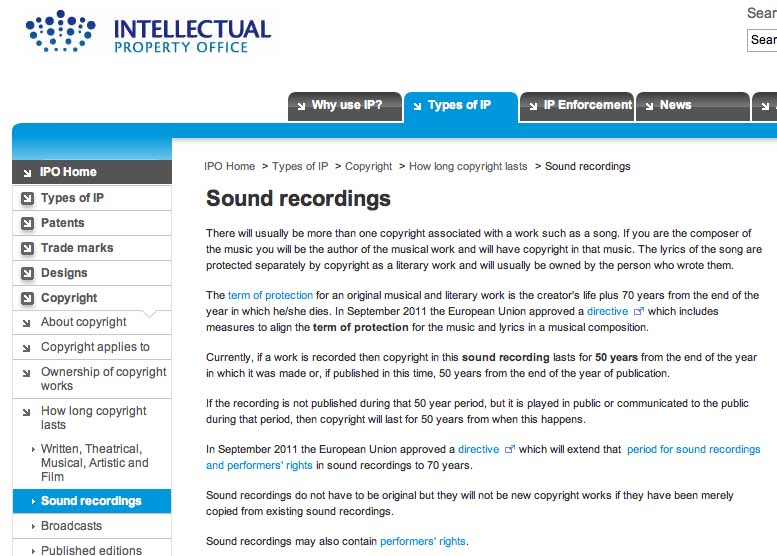

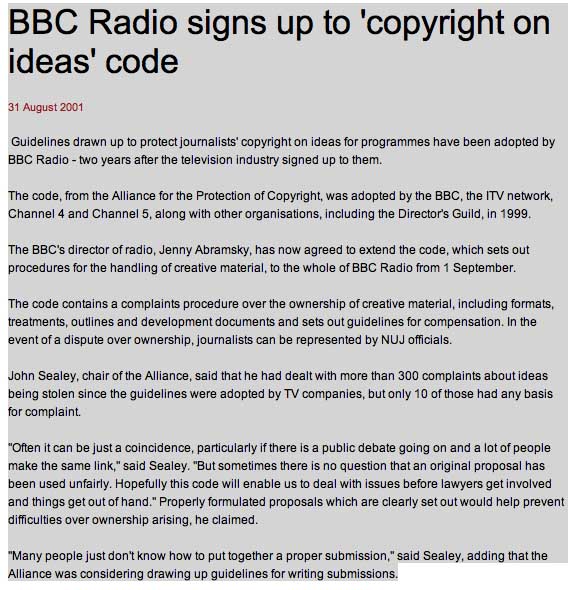
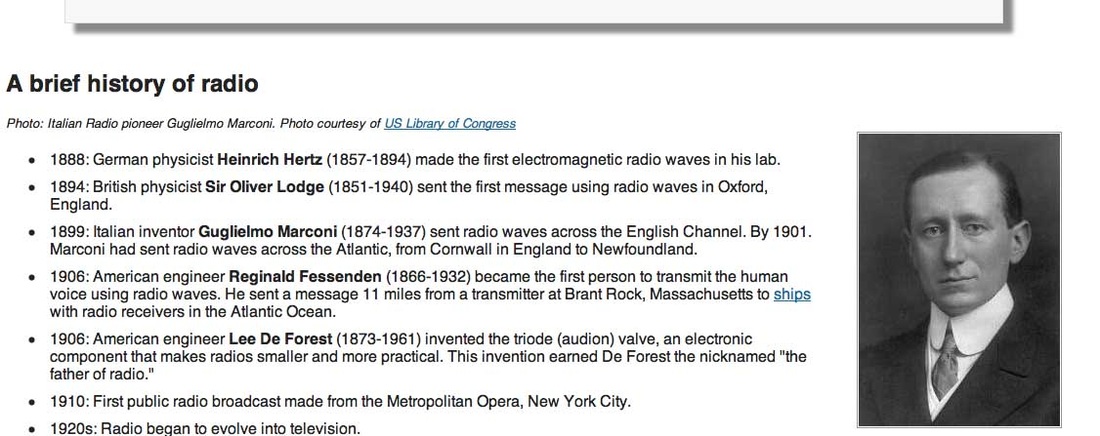
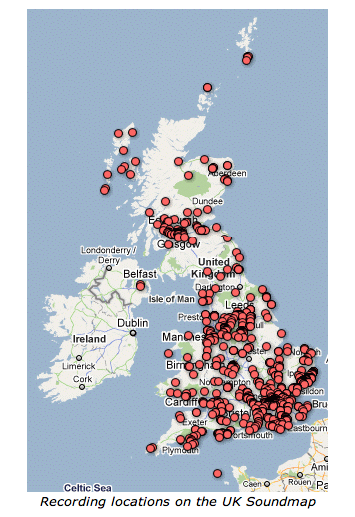


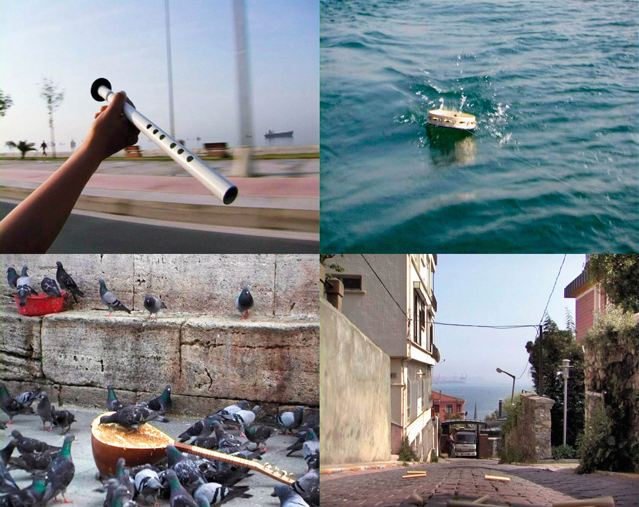
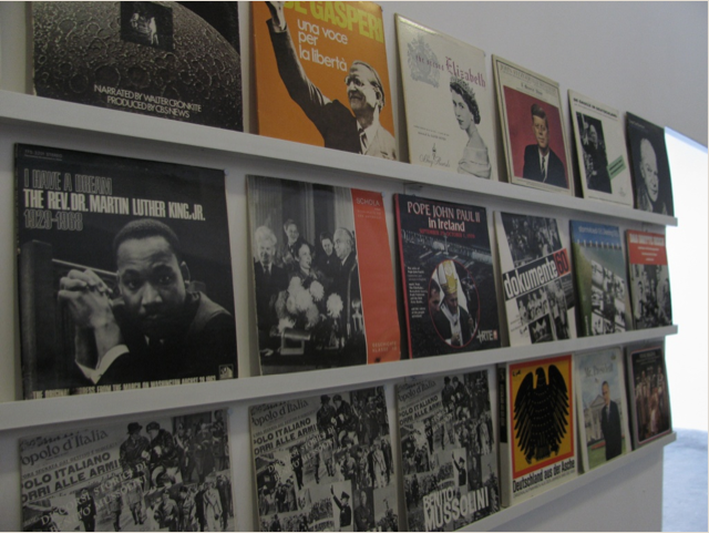
 RSS Feed
RSS Feed